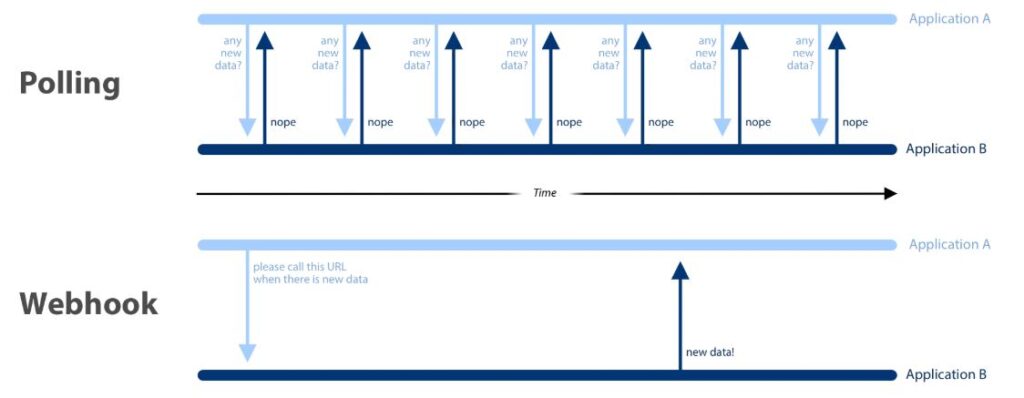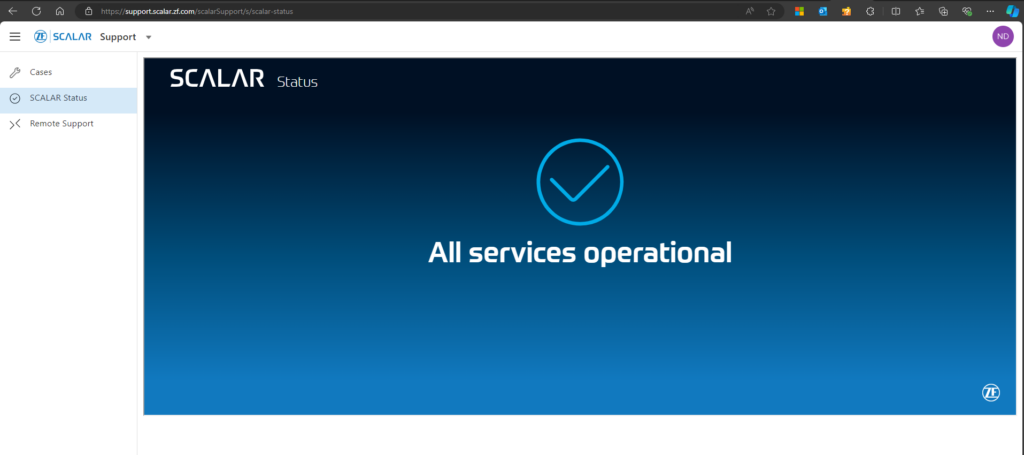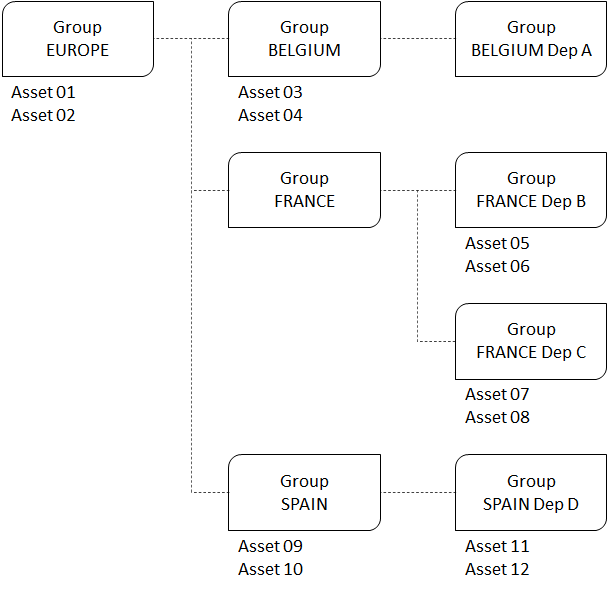SCALAR EVO Flow – Redesign and CELP
known internally as “Project OMER”
Customer management – Billing
Geofencing- ON-BOARD
Single Sign-on (SSO): additional needs for TIP
Single sign-on, also for parent-child organizations (e.g. TIP) to use credentials from platform/organization A also for platform/organization B
PUSH API (aka “Datahub subscriptions”), extended with enhancements
[ITEM-149]; [ITEM-150]; [ITEM-220] Several enhancements to PUSH APIs: User Interface for customer, showing number of Webhook calls (total, success, failure), date & time, request size, integrator, status, etc. Overflow Integrator access rights permission Facilitate all types of customer communication via Datahub Subscription. There are two types of customer communication: Email Communications SCALAR in-app web […]
PUSH API (also know as “Datahub subscriptions”)

This is a data sharing service that enables a fast and efficient way of monitoring for updates. With the PUSH methodology (Webhooks), SCALAR will only send out an update when it has something new. Warning: not every PULL API will have a PUSH equivalent. This depends on the usefulness, as PUSH APIs are […]
Customer portal: My Subscriptions (Phase 1)
This is a new App in SCALAR, called “Customer Portal”, consisting of the module “Subscriptions”: With this tool, customers can get information about their subscriptions without having to rely on service desk and email communications with SCALAR backoffice. This module includes: Consult subscriptions Manage device repairs
Remote Assistance

This features enables customers to download and install “TeamViewer” directly in the SCALAR app to allow remote control for support purposes.
SCALAR Status

Status screen that shows if and where there are technical difficulties. Especially useful for customers with complex set-ups of integrations etc.
Organize drivers, assets and places in groups

This enables an administrator to organize all drivers, assets and places into as many groups as needed. These groups can be structured in a specific hierarchy. This set-up can be used to determine user’s access permissions for tracking assets, drivers and places. (Picture serves as EXAMPLE)